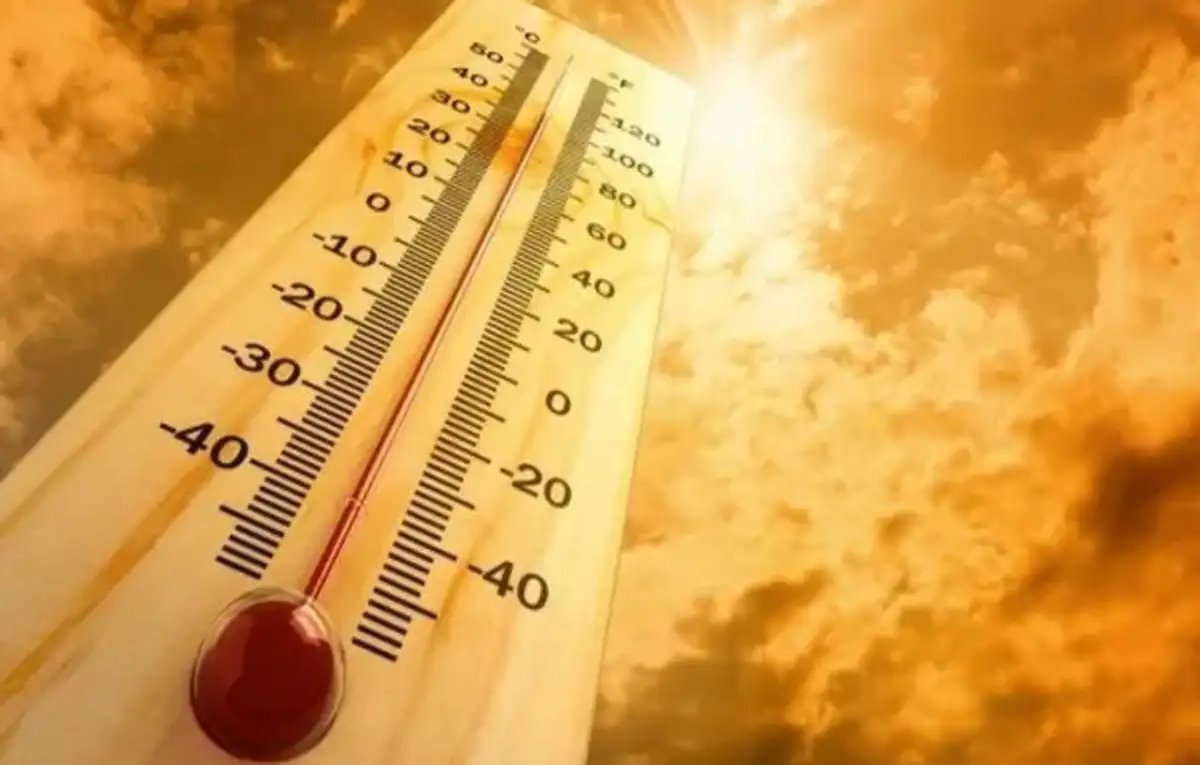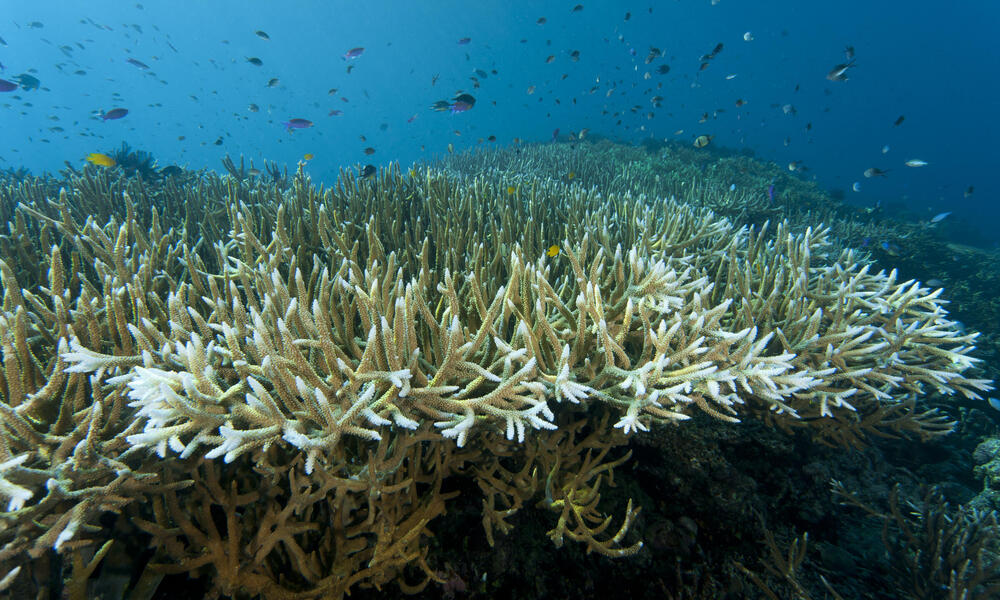The climate crisis intensifies every day, and its impacts are no longer distant predictions. From blistering heatwaves sweeping across continents to vibrant coral reefs turning ghostly white, the evidence screams louder than ever. Our planet is flashing red warning lights, yet many still look away. It’s time we face the facts before it’s too late.
Coral Bleaching: A Beautiful World Fading to White
Among the most heart-wrenching consequences is coral bleaching. Coral reefs, often called the rainforests of the sea, support nearly 25% of marine life. However, as ocean temperatures rise, corals expel the colorful algae living in their tissues, causing them to turn stark white — a phenomenon called bleaching.
In 2024, mass bleaching events hit Australia’s Great Barrier Reef and parts of the Caribbean, leaving scientists deeply alarmed. This isn’t just about losing beautiful underwater landscapes; it’s about disrupting entire ecosystems and coastal economies.
When corals die, fish populations collapse, tourism dwindles, and coastal protection weakens, leading to more devastating storms and flooding.
Extreme Heatwaves: Another Brutal Way the Climate Crisis Intensifies
While oceans suffer silently, the land is burning. Cities across Asia, Europe, and North America are experiencing record-breaking heatwaves. The year 2024 recorded the hottest global temperatures in history — again. These extreme temperatures are not just uncomfortable; they are deadly.
Hospitals see spikes in heatstroke cases. Wildfires rage uncontrollably, destroying homes, forests, and lives. Crops wither, leading to food shortages and price spikes. In India alone, over 400 deaths were linked to extreme heat last summer.

The Hidden Link Between Coral Bleaching and Soaring Temperatures
Interestingly, coral bleaching and extreme heat share a common enemy: greenhouse gas emissions. Burning fossil fuels pumps carbon dioxide into the atmosphere, trapping heat like a blanket around the Earth. Oceans absorb about 90% of this excess heat, causing water temperatures to climb and leading directly to coral bleaching.
Simultaneously, land surfaces roast under the amplified heat, making cities, fields, and forests vulnerable to deadly conditions. This vicious cycle ensures that wherever you look, the climate crisis intensifies its grip on our planet.
Solutions in Action: Fighting Back as the Climate Crisis Intensifies
Despite the grim news, hope glimmers. Scientists, activists, and everyday citizens are taking bold action.
- Coral Restoration Projects: Organizations like Coral Restoration Foundation are planting resilient coral species that can withstand higher temperatures.
- Urban Green Spaces: Cities are investing in green roofs, urban forests, and reflective building materials to combat heatwaves.
- Global Climate Agreements: Although imperfect, agreements like the Paris Accord aim to unite nations in cutting emissions.
If you’re passionate about making a change, start with small steps: reduce energy use, support sustainable businesses, and stay informed.
Final Call: Will We Act Before the Climate Crisis Spirals?
The phrase climate crisis intensifies is not just a headline; it’s our new reality. Coral reefs are dying, heatwaves are becoming deadlier, and ecosystems are crumbling under our watch. Yet every action counts. Every voice matters.
We must act now — fiercely, urgently, and together — because there is no Planet B.







More Stories
Maithili Thakur: From Folk Singing Sensation to Rising Political Star
Mysuru Dasara: The Royal Festival of Karnataka – History, Culture, and Celebration
Blood Moon Over Sydney: Unveiling the Celestial Show with Telephoto Magic